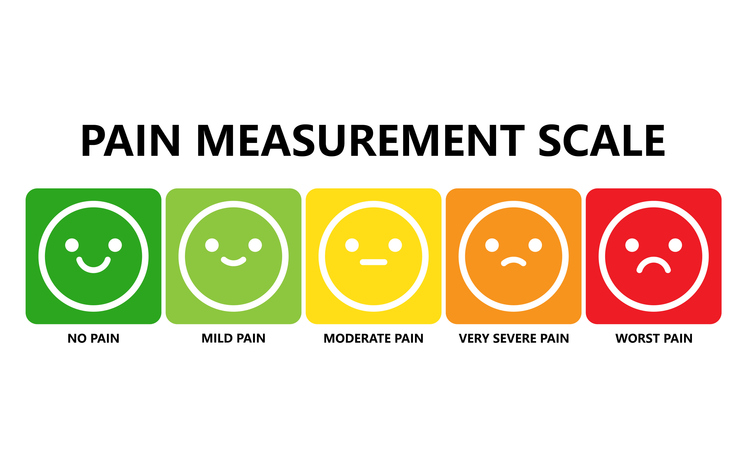Pain
Widespread Pain Index (WPI)

In 2010, the American College of Rheumatology approved a new set of measures — including the Widespread Pain Index (WPI) — to assist in the diagnosis of fibromyalgia. The WPI is a self-report measure that quantifies the extent of widespread pain throughout the body.
The Widespread Pain Index is a 19-point checklist that assesses the presence of pain or tenderness (within the prior seven days) in 19 specific areas of the body; each affected area receives one point. The 19 regions on the WPI include the following:
- Right and left jaw
- Right and left shoulder girdle
- Right and left upper arm
- Right and left lower arm
- Right and left hip/buttock
- Right and left upper leg
- Right and left lower leg
- Upper and lower back
- Neck
- Chest
- Abdomen
The Widespread Pain Index is used in conjunction with the Symptom Severity Scale as a diagnostic measure for fibromyalgia. A fibromyalgia diagnosis is confirmed if a WPI is ≥7 with an SS scale ≥5 OR a WPI range between 4‒6 with an SS scale ≥ 9.
For more detailed information, please see the article “The American College of Rheumatology Preliminary Diagnostic Criteria for Fibromyalgia and Measurement of Symptom Severity” on rheumatology.org.


















